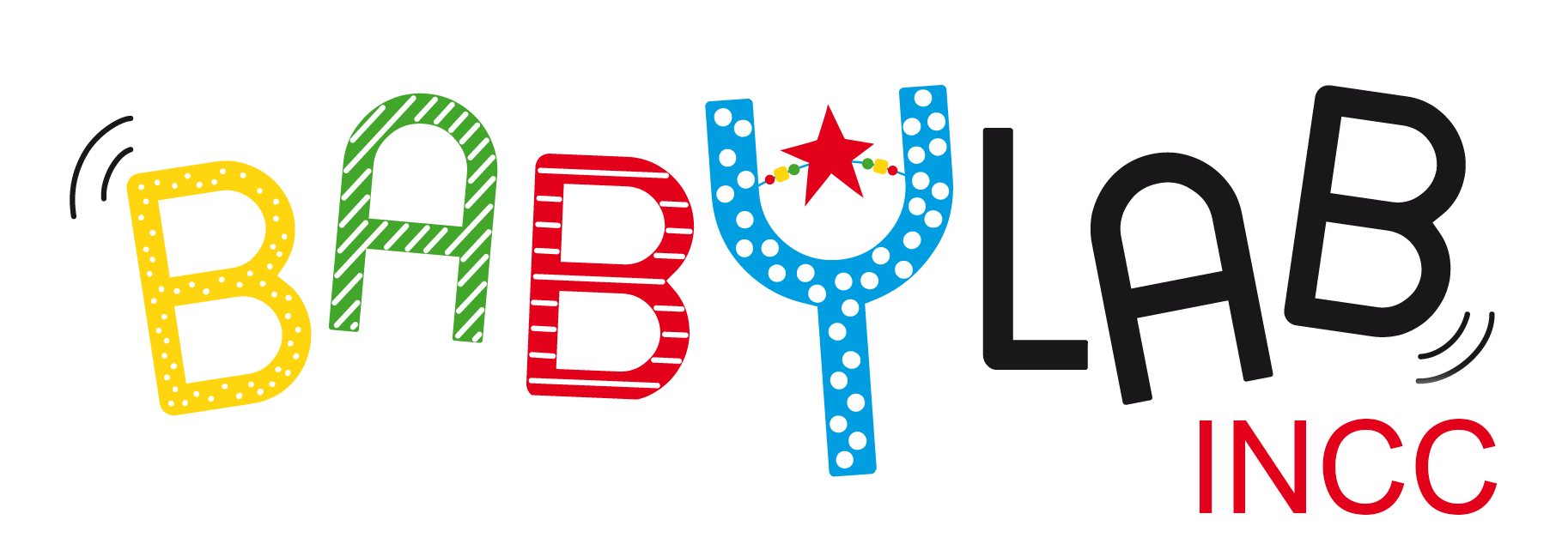Ranka Bijeljac-Babic
Retired Associate Professor – Hosted

Most babies are likely to learn several languages. I am trying to understand how children who are bilingual from birth acquire their two languages. Currently, I study monolingual and bilingual infants’ ability to perceive and produce the accentuation of words in different languages.
Relevant links: Summary of research and recommendations on bilingualism in nursery and elementary schools (in french)
Ongoing project
Hearing development and speech perception in noise in children with cochlear implants
In this study we seek to better understand the capacity of the children’s auditory system to process non-linguistic acoustic signals, for children with implants but also for children with normal hearing.

Project team lead
Laurianne Cabrera
Development of speech perception in noise
This project specifically aims to characterize the sensory and non-sensory mechanisms involved in the development of speech perception in noise in normal-hearing and hard-of-hearing children.

Project team lead
Laurianne Cabrera
From object perception to tool use in early infancy
This project aims to understand how babies perceive you, assimilate actions with objects and then be able to manipulate them.

Project team lead
Jacqueline Fagard
Constructing Mathematical Knowledge beyond Core Intuitions (MathConstruction)
The aim of the European project “MathConstruction”, led by Véronique Izard, was to understand the mechanisms for acquiring mathematical knowledge by focusing on two very specific study cases: numbers and angles in the plane.

Project team lead
Véronique Izard
Uncovering the precursors of language in the infant brain
How do early linguistic experience and initial perceptual abilities in utero influence each other during language acquisition? We will examine early linguistic development and its neural bases.

Project team lead
Judith Gervain
Interactions between prosody and grammar from birth to adulthood
When do infants first show sensitivity to prosody and how do they use it to learn grammar?

Project team lead
Judith Gervain
Lexical learning
Our project aims to determine which cognitive and developmental factors contribute to the activation of brain patterns during word learning and recognition in young children using the event-related potential technique.

Project team lead
Pia Rämä
The Real of Magnitude Representations: Origins and Neural Basis (NUMPSA)
Magnitude corresponds to the ability to discriminate and represent magnitude information. Studies on newborns from a few hours old, and on pre-verbal babies in the first year of life, to establish the origins, neural bases and characteristics of the ability to represent magnitude information.

Project team lead
Maria Dolores (Lola) de Hevia
Intuitive Foundations for Geometry: Euclidean geometry and beyond – Geometries
This project aims to characterize geometry on different axes through geometry based on spontaneous intuitions for angles, invariance phenomena, or even reasoning in geometries.

Project team lead
Véronique Izard
Mechanisms of Early Language Acquisition : Brain and Behavior (MELA)
This project explores how young children are guided by their perceptual and learning abilities during their first steps towards language. Our main objective is to understand how early perception and learning abilities are articulated during the acquisition of the most fundamental properties of the mother tongue.

Project team lead
Judith Gervain
Selected Publications
– Bijeljac-Babic, R. 2019. Développement du langage chez l’enfant monolingue et bilingue. In Le développement du bébé : de la vie foetale à la marche, E. Devouche et J. Provasi, Paris : Elsevier Masson.
– Höhle, B, Bijeljac-Babic, R., Nazzi, T. 2019. Variability and stability in early language acquisition: Comparing monolingual and bilingual infants’ speech perception and word recognition. Bilingualism: Language and Cognition, 1–16.
– Bijeljac-Babic R, Höhle B, Nazzi T. (2016). Early prosodic acquisition in bilingual infants: The case of the perceptual trochaic bias. Frontiers in Psychology, 7, 210.
– Bijeljac-Babic R, Nassurally K, Havy M, Nazzi T. (2009). Infants can rapidly learn words in a foreign language. Infant Behavior and Development, 32, 476-480.
– Höhle B, Bijeljac-Babic R, Herold B, Weissenborn J, Nazzi T. (2009). The development of language specific prosodic preferences during the first half year of life: evidence from German and French. Infant Behavior and Development, 32, 262-274.
